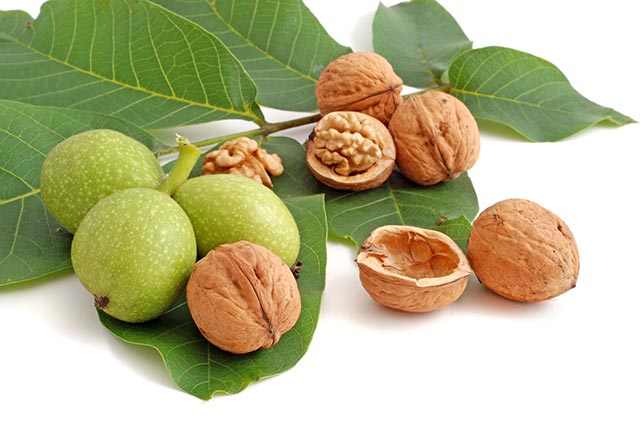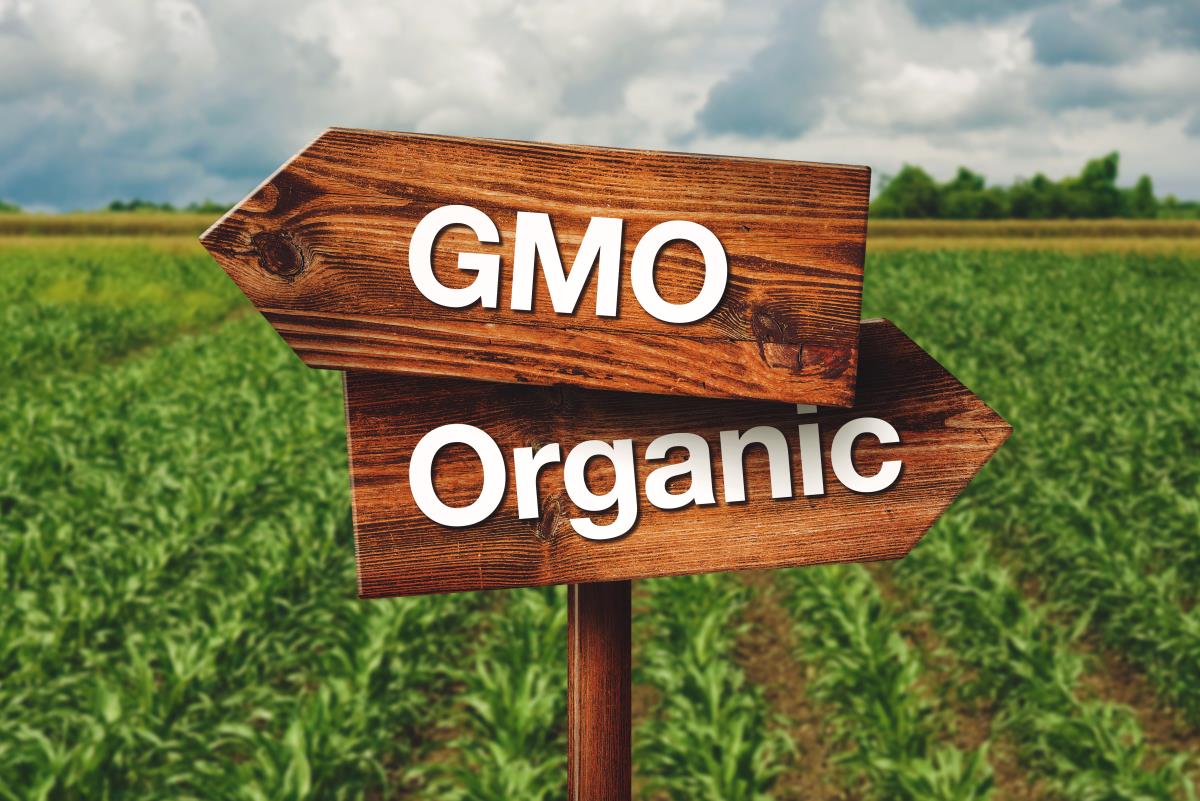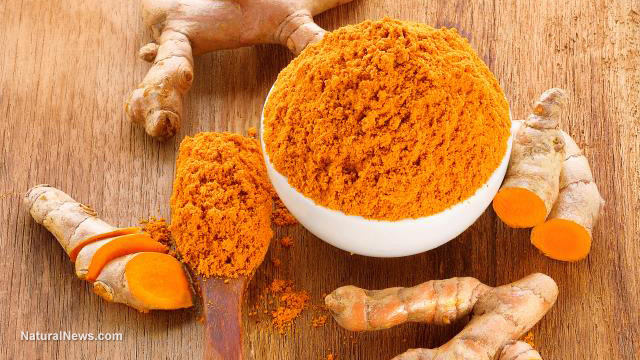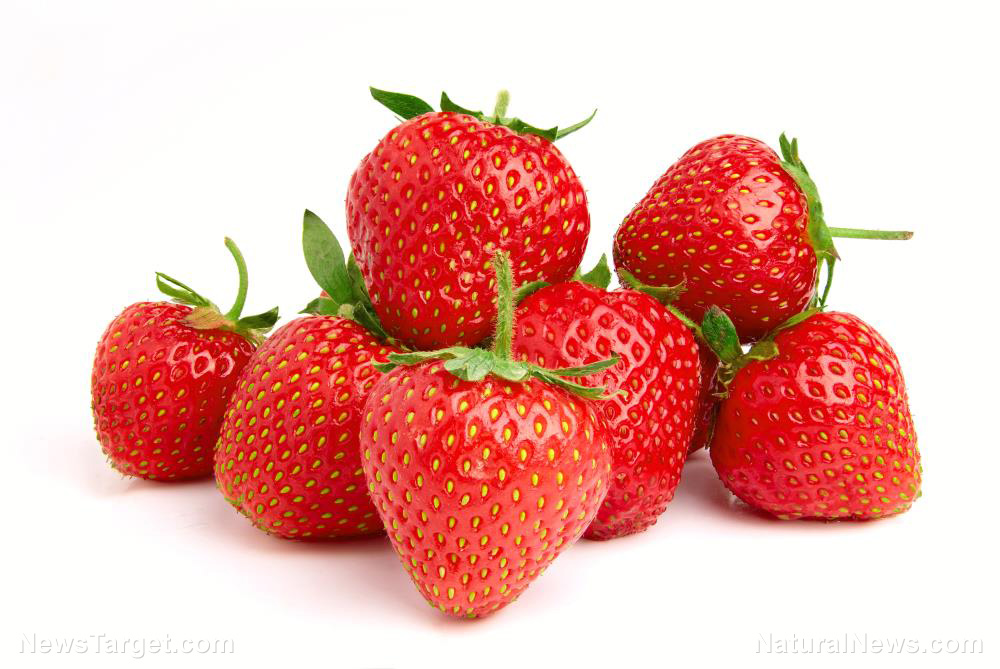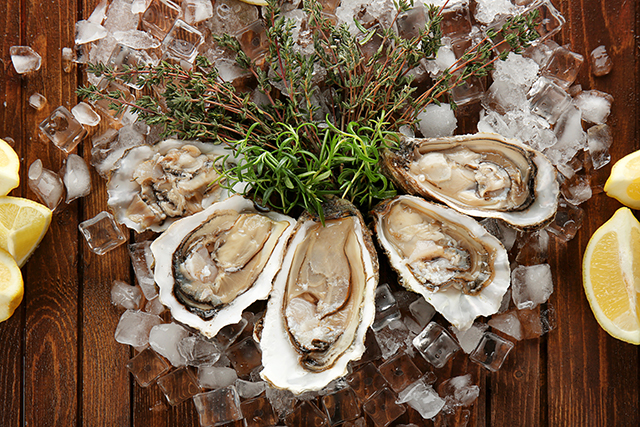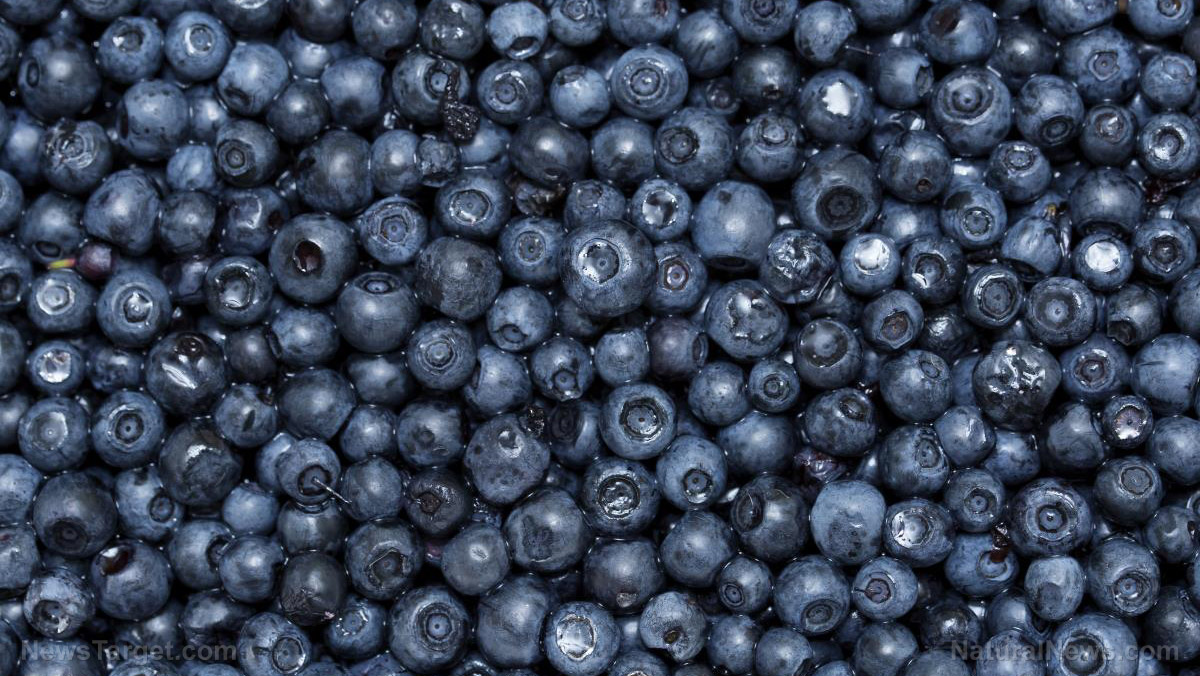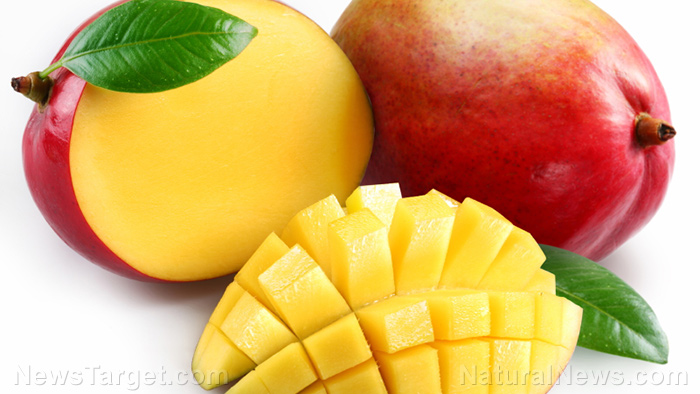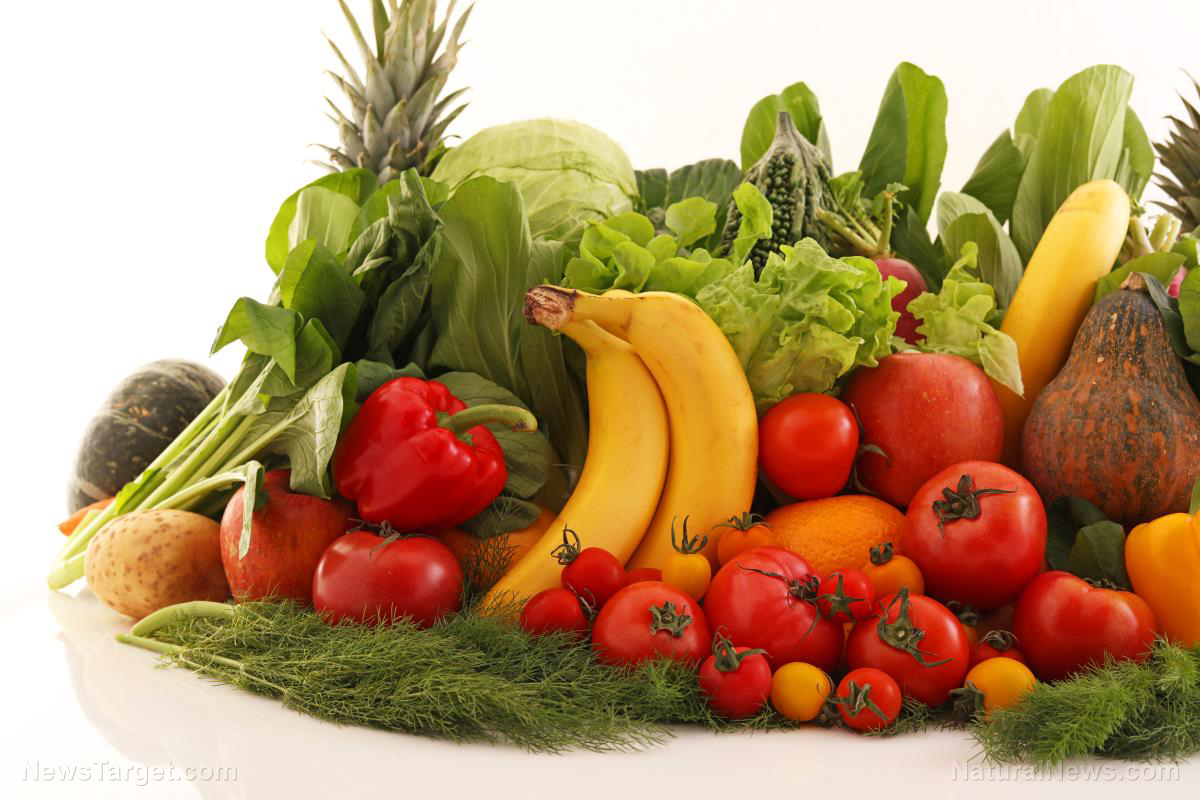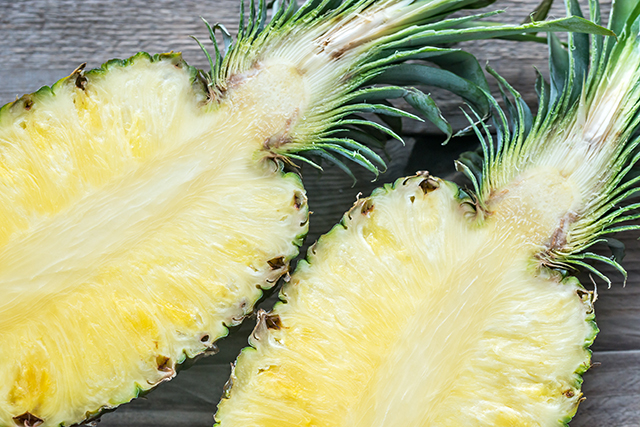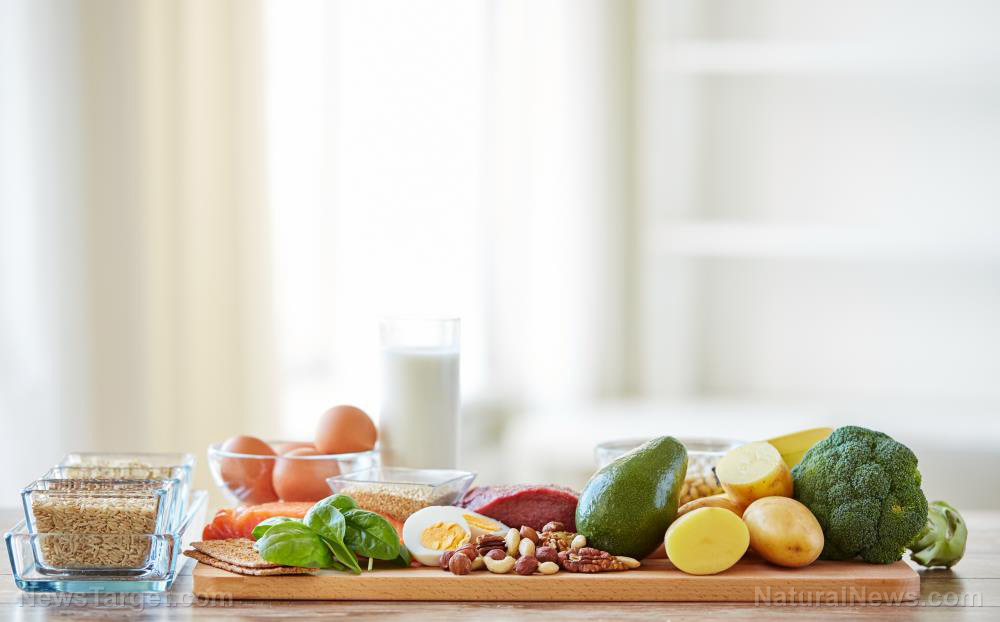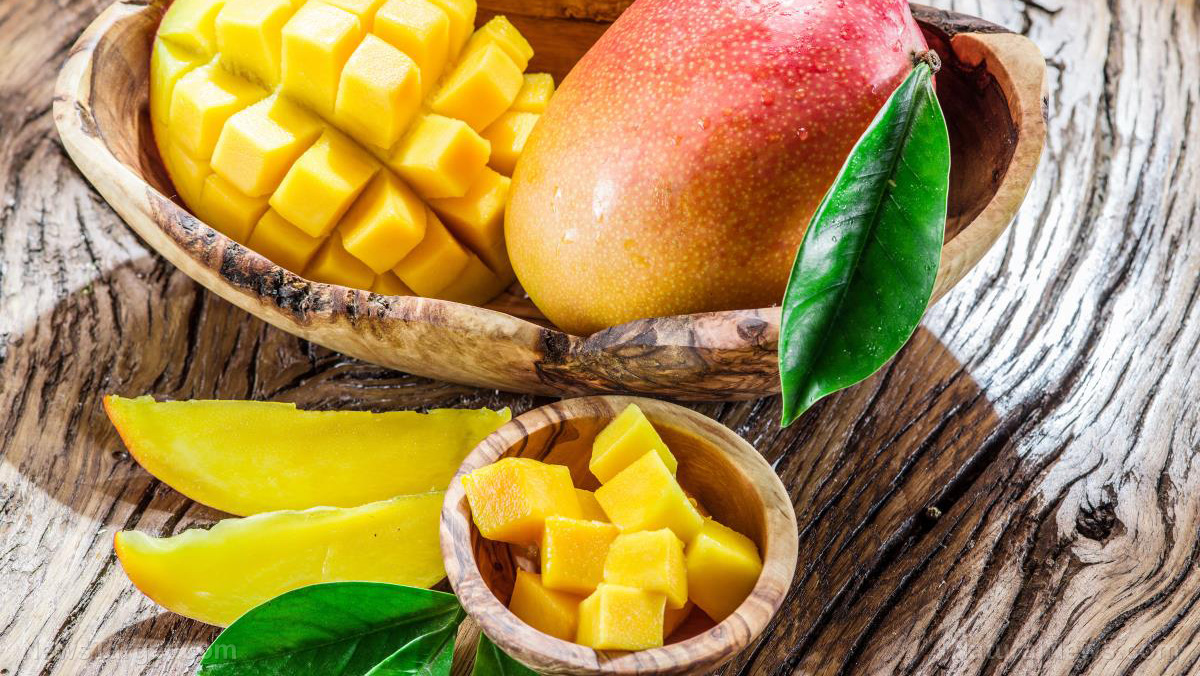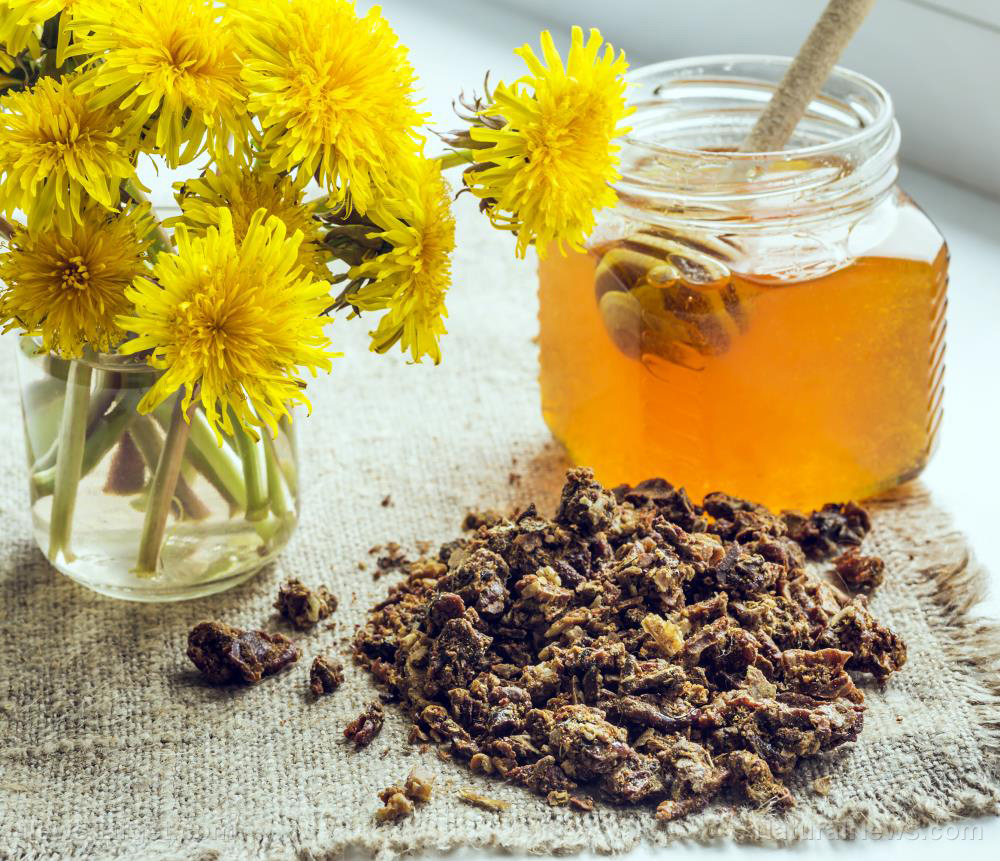Kiwi berry, the latest superfood: Nutrition information and health benefits
03/10/2018 / By Janine Acero
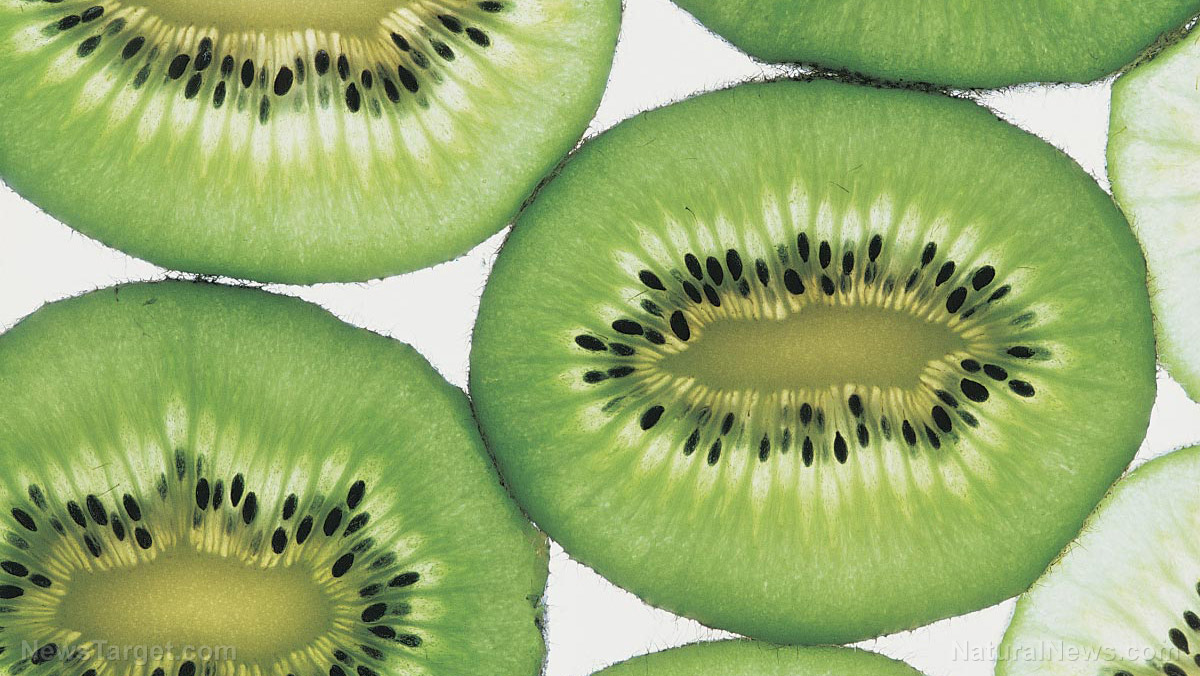
Diets rich in fruits (and vegetables) are considered to be the healthiest. The most common ones, such as bananas, apples and berries, are readily available on the market. However, there is a wide range of fruits out there that are yet to be discovered and investigated for their health benefits. The study below focused on one such fruit.
This study, published in the journal Plant Foods for Human Nutrition, highlighted the currently recorded nutritional and therapeutic properties of the kiwi berry.
The researchers aim to motivate an “increased demand for exotic tastes coupled with a unique and healthy eating experience.”
The recent study found over 20 essential nutrients and a range of vitamins in kiwi berry, which puts it among the top fruits classed as superfoods. It is abundant in vitamin C, with up to 430 mg per 100 g fresh weight (FW) and is considered the richest dietary source of vitamin B8 or myo-inositol, up to 982 mg/100 g FW. The study also reveals that kiwi berry is a rich source of lutein (up to 0.93 mg/100 g FW), as well as containing up to 1301.1 mg/100 g FW phenolics and significant amounts of the essential minerals of potassium, calcium, magnesium, copper, iron, manganese and zinc.
Furthermore, it has been found to contain ?-carotene, chlorophylls, enzyme actinidin and antioxidants, as well as dietary fiber. It is also a good source of vitamins A and E while also containing meaningful amounts of vitamin B6 and other vitamins and minerals. In this regard, the kiwi berry rates very highly as a health food.
The major medicinal properties of kiwi berry have motivated further studies on its antioxidant, anti-tumor, and anti-inflammatory activity. Early research suggested that kiwi berry may be beneficial in treating some cancers and health issues involving the gastrointestinal system, as well as managing high cholesterol levels.
What is a kiwi berry?
In recent years, there has been growing interest in lesser known fruits such as honeysuckle, hawthorn, rowanberry, elderberry, bilberry, sea buckthorn, and kiwi berry – fruits that are unusually rich in health-promoting compounds. (Related: Sea buckthorn protects your heart, offers antioxidant health benefits.)
A kiwi berry (Actinidia arguta) is a robust, climbing, vigorous and deciduous herb native to Eastern Siberia, Japan, China, Sakhalin, Korea and Kuril Islands, and commercially cultivated in Canada, New Chile, Zealand, Europe and the U.S. It is cultivated as an ornamental plant, and can be used in jams, jellies, salads, smoothies, sports drinks, appetizers and tenderizers.
It can grow to 20 feet high, with white or creamy white, cup-shaped flowers 1.2 to two cm across, and deep green glaborous, broad to ovate to elliptic leaves that are three to five inches long. The plant bears smooth, subglobose to oblong fruits 1.5 to three cm in size, similar in size to that of a grape. The fruits are green yellowish to green or purple to red in color, and the pulp is emerald green with numerous, 2.5-mm black seeds.
The fruit is very aromatic with a sweet, intense flavor that has been compared to blackcurrant, pineapple, ripe strawberry, pear, banana, melon and other tropical flavors.
The kiwi berry can grow in a shorter growing season in colder climates, which makes it an alternative to the warmer climate kiwifruits of New Zealand. This may give way to opportunities to commercially cultivate kiwi berry in colder north European countries.
Other common names of kiwi berry are Arctic Kiwi, Bower Actinidia, Baby Kiwi, Cocktail Kiwi, Bower Vine, Dessert Kiwi, Japanese Actinidia, Hardy Kiwi, Kiwiberry, Siberian Gooseberry, Mini Kiwi, Vinepear and Taravine.
Head on to Fruits.news for more stories on lesser known fruits with major nutritional values.
Sources include:
Tagged Under: Actinidia arguta, antioxidants, dietary fiber, fruits, healthy food, kiwi berry, lutein, nutrients, nutrition, vitamin C

